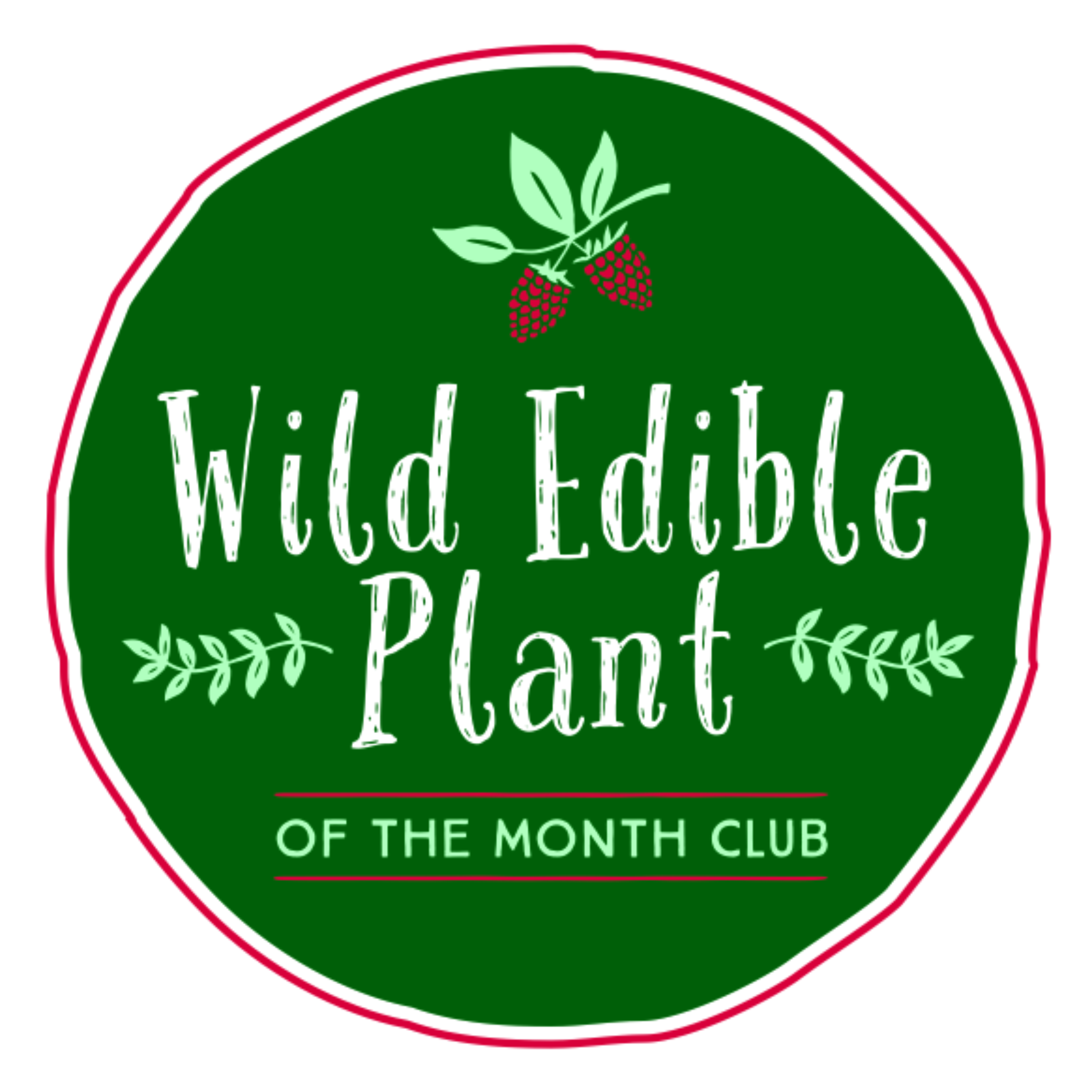Rattlesnake Fern: Botrychium virginianum
Scientific Name: Botrychium virginianum
Common Names: Rattlesnake Fern, Virginia Grape Fern
Family: Ophioglossaceae
Native Region: Rattlesnake Fern is native to various regions in North America, including parts of the United States.
Habitat: This plant typically grows in shady, moist, and wooded areas, often found in deciduous forests. It prefers well-drained soils and is commonly found on slopes and rocky banks.
Frond: The sterile single leaf is pinnately divided into 5-12 pairs of leaflets. The fertile frond rises above the sterile leaf and at first stages of growth resembles a rattlesnakes rattle. This frond produces small round spore-structures that resembles a cluster of grapes.
Leaf Margin: The leaf margins of Rattlesnake Fern are deeply lobed and toothed.
Leaf Arrangement: There is a single sterile leaf that is pinnately divided. The sterile and fertile fronds emerge from the same base.
Flower Description: Rattlesnake Fern does not produce typical flowers; instead, it reproduces via spores on the fertile fronds. The spore producing structure resembles a cluster of grapes.
Height: Rattlesnake Fern typically grows to be around 8-20 inches (20-50 cm) tall.
Plant Type: Rattlesnake Fern is a perennial plant, meaning it persists year after year.
Several Interesting Facts:
Rattlesnake Fern is part of the Ophioglossaceae family, which includes other unique fern species.
The name "Rattlesnake Fern" is derived from the resemblance of the fertile fronds to a snake's rattle in early stages of growth.
This fern's unique appearance makes it a popular choice for ornamental gardens and landscaping in suitable regions.
It is often found in rich, damp woods and can sometimes form extensive colonies.
Unlike most ferns, Rattlesnake Fern prefers acidic soil conditions.
Edible Parts: Youth tender shoots.
Taste: Like Fiddleheads from other ferns.
Harvesting: Early spring when the shoots first appear.
Known Dangers: There are no known dangers associated with consuming or touching Rattlesnake Fern. However, it is essential to be cautious when foraging for wild plants, as some ferns can have toxic counterparts.
Unique Identifying Features:
Divided fronds with fertile fronds resembling grape clusters and sterile fronds being deeply pinnately divided.
Deeply lobed with toothed margins.
Fertile frond extended above leafy sterile frond.
Grows in shady, moist wooded areas, often on slopes and rocky banks.
Reproduces via spores on from the grapelike clusters on the fertile frond.
Recipes: Cooked like asparagus.
Please remember that before consuming any wild plant, it is crucial to be absolutely certain of its identification and consult a local expert or reputable resource to ensure it is safe and appropriate for consumption. Additionally, when using wild plants in recipes, it's essential to verify the reliability and safety of the sources you find.
Disclaimer for WildEdiblePlantoftheMonth.com:
The information provided on WildEdiblePlantoftheMonth.com is for entertainment and educational purposes only. While we strive to ensure accuracy and provide reliable information, we cannot guarantee the completeness, relevance, or timeliness of the content presented.
Before using or consuming any plant mentioned on this website, we strongly recommend verifying the information with a qualified health professional or medical doctor. It is essential to exercise caution and always seek the advice of a health professional before touching, handling, or consuming any wild edible or medicinal plant matter.
The content on this website is not intended to diagnose, prescribe, or treat any illness, injury, or health condition. We do not assume any liability or responsibility for any allergic reactions, illnesses, or injuries that may occur as a result of using the information presented on this website or trying any traditional or folk remedies.
As with any natural product, wild edible and medicinal plants can be toxic if misused. It is essential to understand the proper identification, preparation, and usage of these plants before incorporating them into your diet or daily routine.
Please exercise caution and keep all plants, especially toxic ones, out of the reach of children and pets.
By accessing and using the information provided on this website, you agree to do so at your own risk. WildEdiblePlantoftheMonth.com, its authors, contributors, and affiliates cannot be held liable for any damages, losses, or negative consequences resulting from the use of the information on this website.
Always prioritize your safety and well-being by seeking advice from a qualified health professional or medical doctor when dealing with health-related concerns or conditions.
